-
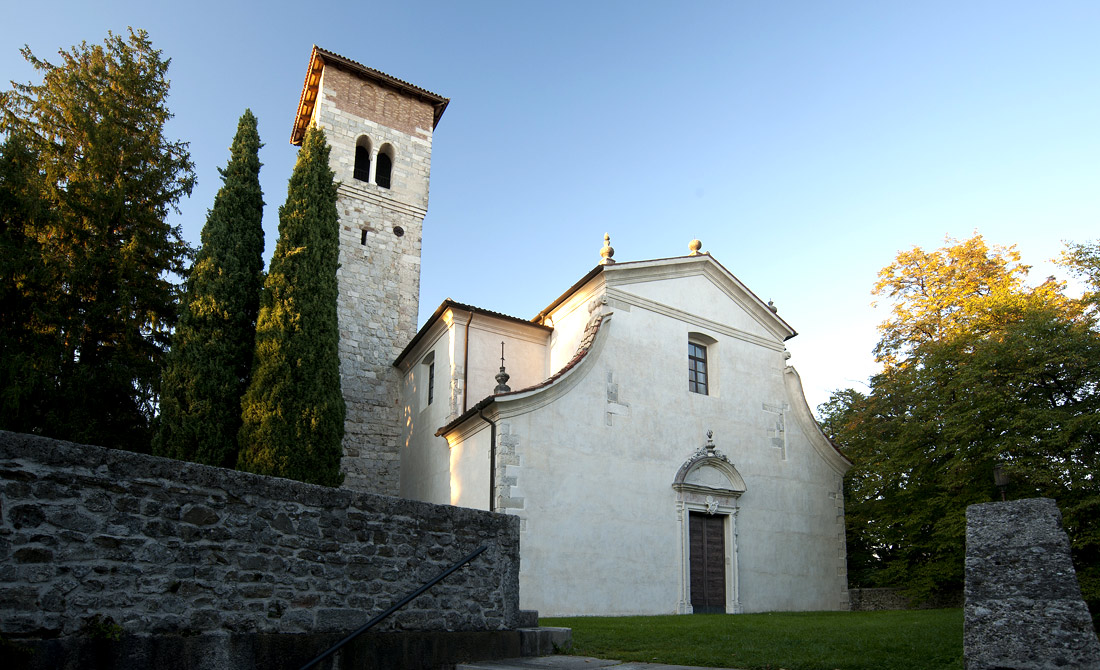
San Daniele del FriuliThe town of San Daniele del Friuli lies Northwest of Udine on a moraine hill. The main square is a small parlour ensconced between the town hall, where there is the Guarneriana Library (the oldest library in Friuli with texts from 1200 AD), the Cathedral with works by Tiepolo, the eighteenth-century palace of Monte di Pietà and the Sant'Antonio Abate church, which contains the most beautiful cycle of Renaissance frescoes in Friuli Venezia Giulia. A walk along the paths in the Castle’s park lets you appreciate a wonderful panoramic view. San Daniele is known for the renowned raw ham that is produced there and made unique by the particular microclimate, where the sea air meets that of the mountain, by passing along the river Tagliamento. At the end of June, the annual “Aria di Festa” event is dedicated to raw ham, a lure for many Italian and foreign visitors. Another star of the gastronomic panorama of this small town is the "Queen of San Daniele", the smoked salmon trout and all the products deriving from it.
-
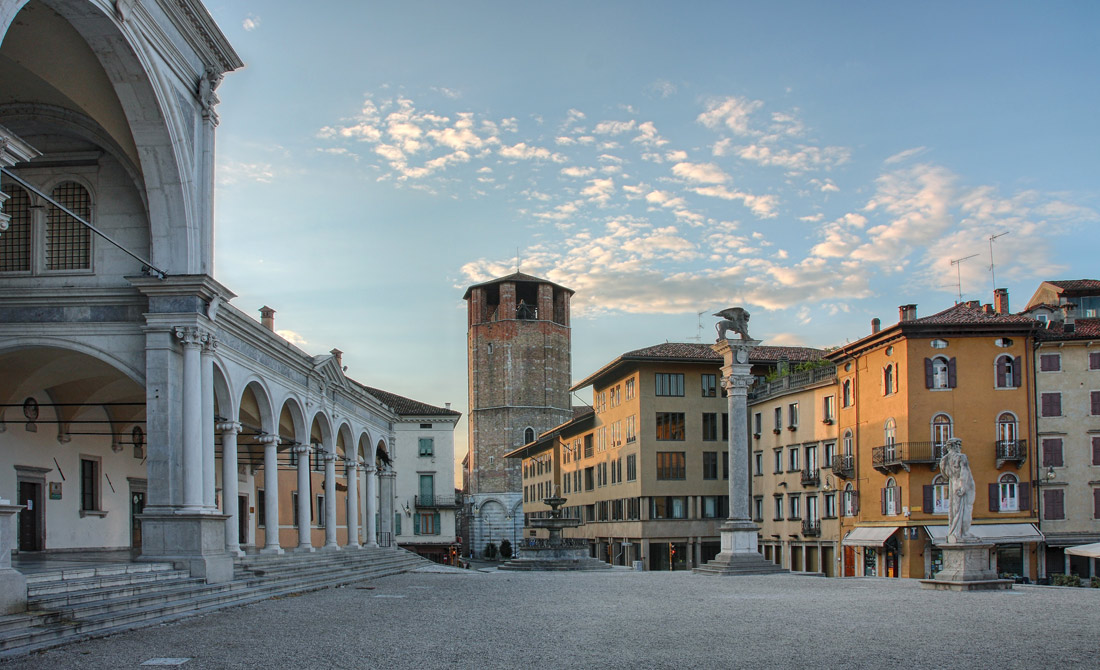
UdineThe city of Udine, a critical centre on the route linking eastern and western Europe, is just a 25 minutes’ drive away from Hotel San Daniele. Udine’s streets guard ancient and precious treasures. Piazza Libertà is considered the most beautiful Venetian square on the firm ground with its town hall (Loggia del Lionello); the peace monument ordered by Napoleon; the statues of Hercules and Cacus, witnesses to cruel events; the Clock Tower and finally, up through the Bollani Arch designed by Palladio, the Castle where the civic museums are housed, the Church of Santa Maria with its Romanesque frescoes and the bell tower with its bronze angel pointing in the direction of the wind. The Tiepolo Diocesan Museum, situated in the Bishop’s palace, is one of the city’s artistic treasures which includes an exceptional cycle of frescoes by Giovanni Battista Tiepolo and is the site of the diocesan museum. What is now piazza Matteotti, known before as piazza San Giacomo or the Mercato Nuovo, has always been one of the most frequently visited parts of the city. In the centre, on a stone mount, is Giovanni da Udine’s 1543 Fountain, and the column with the statue of the Madonna and child (1487). Spacious lines of porticoes run against three sides of the piazza, to be interrupted by the courtyard and well next to the church of Saint James (1398). And Italian fashion enthusiasts can go to the numerous shops found under the porticoes of Via Mercatovecchio. There are also many typical taverns where you can sip an excellent local wine with friends.
-
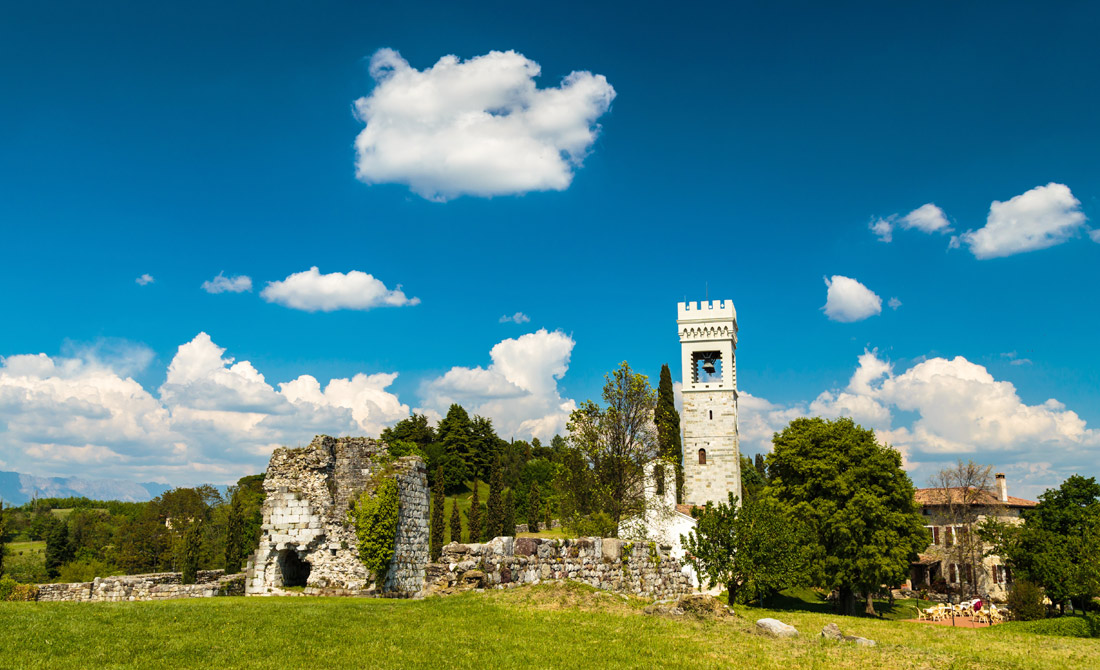
FagagnaThe beautiful village of Fagagna, one of the most beautiful in Italy, is only 5 minutes’ drive from Hotel San Daniele. The oldest part of Fagagna can be discovered walking along the piazza where the centuries-old donkey race is held. From there you can get to the remains of the castle. A short walk from the centre is the Museum of country life (Cjase Cocel). Located in an old rural dwelling, it recreates the living conditions of Friuli’s peasant families in the first half of the last century. The lace workshop is an interesting recreation of the famous school founded in 1892. The Oasi dei Quadris is a place to visit: an oasis with typical marshland vegetation, it is the site of the centre for the reintroduction of the white stalk and for the conservation of the very rare Northern bald ibis.
-
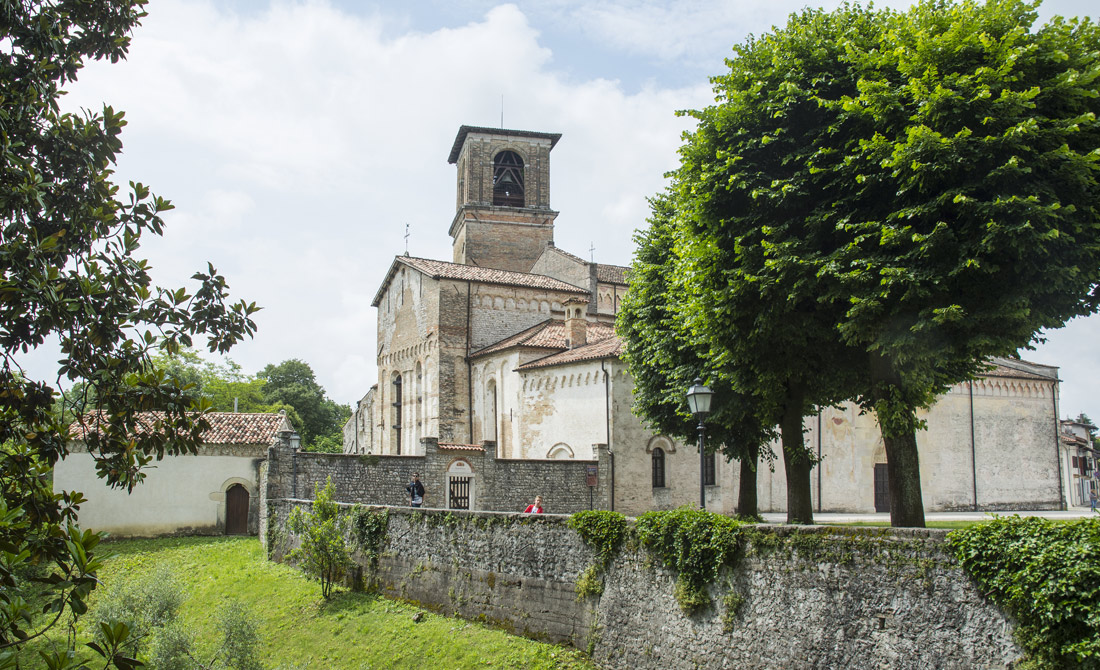
SpilimbergoSpilimbergo is one of the most artistically and culturally important cities of Friuli Venezia Giulia. It is just a 15 minutes’ drive away from San Daniele del Friuli. The city enjoyed a period of great splendour in the Middle Ages and the Renaissance and there is still much evidence of that in the city: the fortifications, the churches rich in artwork and the many noble family homes. The Cathedral of Santa Maria Maggiore, with a cycle of fourteenth century frescoes, is one of the most important Gothic buildings in Friuli. In 1922 the Friuli Venezia Giulia Mosaic School, famous worldwide for its avant-garde production techniques and museum of mosaic art, was founded in the city.
-
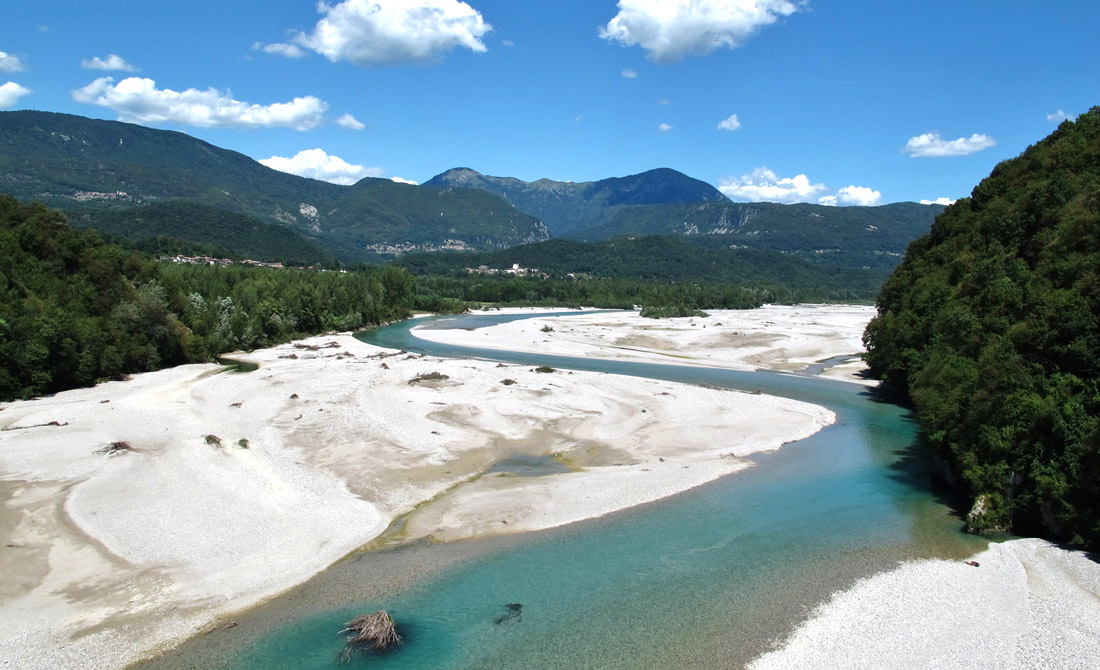
Val D'ArzinoThe Val D’Arzino (Arzino Valley) is located in the Carnic Prealps, in Pordenone province. The Arzino river runs across it and its districts are characterised by an important natural and historical heritage. Sights include the Prat mountain, the Count Ceconi di Pielungo castle, Clauzetto, and the Cornino lake regional nature reserve, created for the conversation of the griffon vulture.
-
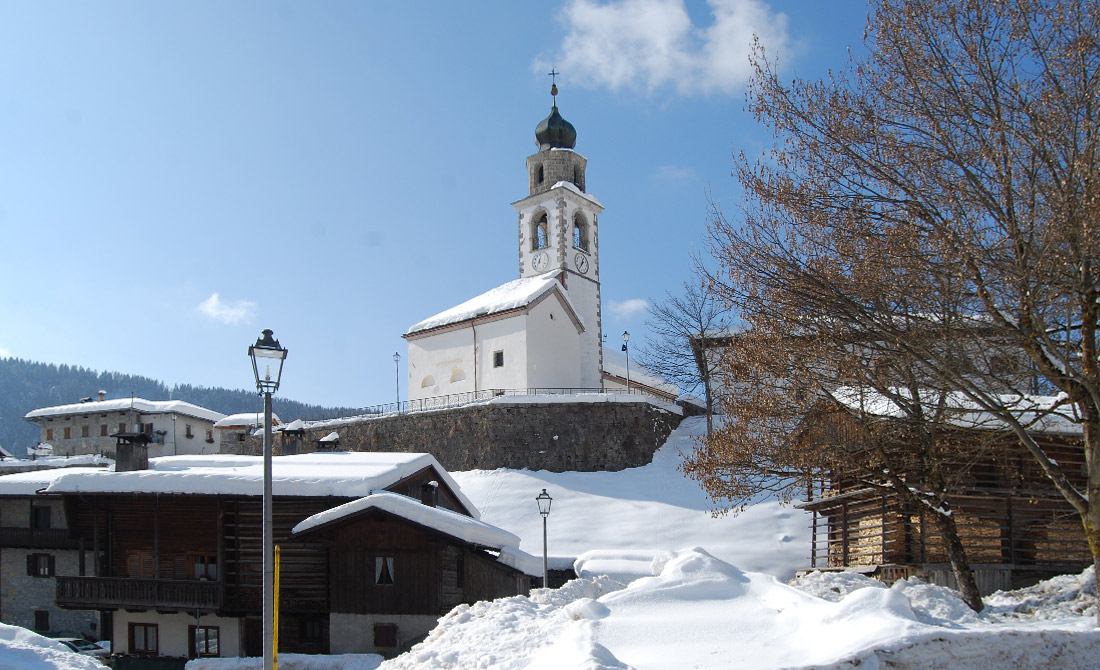
SaurisSauris is the highest district of Friuli Venezia Giulia, with its blue lake nestled at the bottom between the mountains. Everything about the place invites you to visit, from the Alpine architectures to the long walks along ancient architectures and the gastronomy which brings tasty smoked prosciutto to life.
-
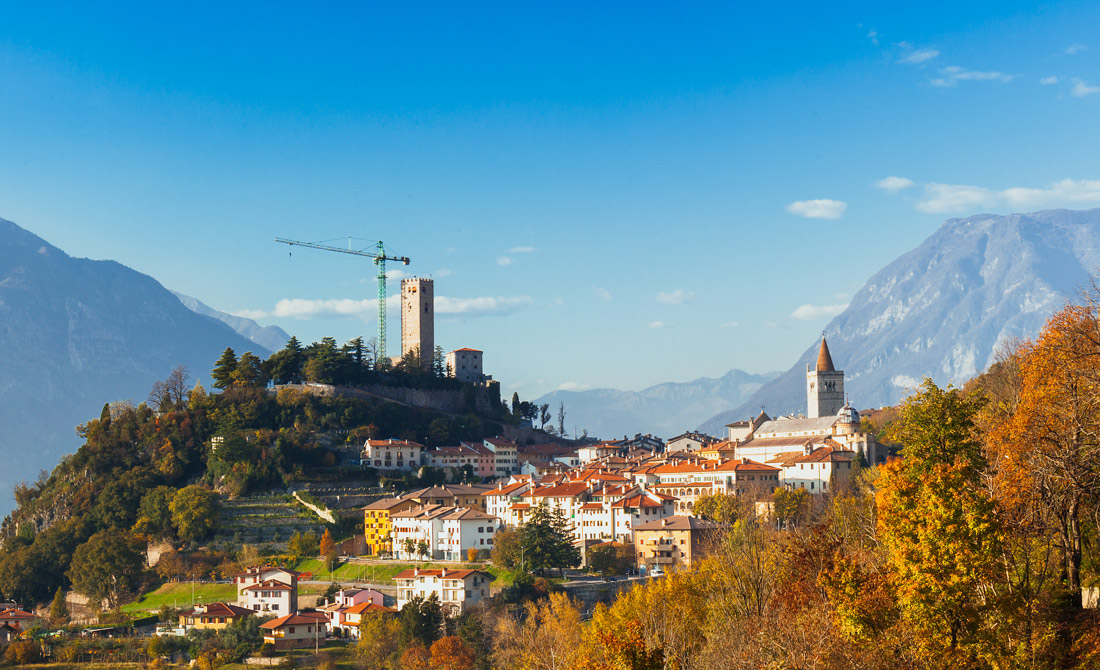
Gemona del FriuliThe walled city of Gemona, which dates back to pre-Roman times, became world famous for the wrong reasons when it was at the centre of the 1976 earthquake and is still representative of Friuli’s rebirth. Porta Udine is the only door that has remained of the old fifteenth century city walls. Next to it is the Cathedral of Santa Maria Assunta, dating back to 1290 with a splendid façade that merges Romanesque and Gothic styles. On the right side is the enormous statue of Saint Christopher and the gallery of nine statues depicting the Epiphany. The central rose window, thirteenth century altarpiece and fifteenth century wooden cross are magnificent. Since 1989 Gemona has housed the Laboratorio internazionale della comunicazione (international communication laboratory), which runs Italian language and culture courses for foreigners through a program of seminars, concerts and film screenings. In 1990 the Gamajun International Award was founded for eminent artistic and cultural figures. The town has earned the rank of "European Capital of Sport" for 2019 thanks to the variety of sports available, made possible by the presence of over a hundred companies, 3 thousand athletes and more than twenty sport disciplines practiced. A model that enhances its sporting vocation thanks to a generous and uncontaminated nature, which is the ideal setting for those who love movement and life on a human scale. The sports offered are: archery, mountain bike, orienteering, horse racing in Moggio Udinese and Buja, water sports, shooting in the polygon, sport climbing in the gyms of Gemona, Osoppo, Villa Santina, Verzegnis, Trasaghis, Cavazzo Carnico, athletics, free flight over the skies of Artegna, Montenars, Bordano, Trasaghis, Gemona and Alto Friuli, canyoning in Chiusaforte, fishing in the lakes, cycling and trekking throughout the territory and suitable for the whole family.
-
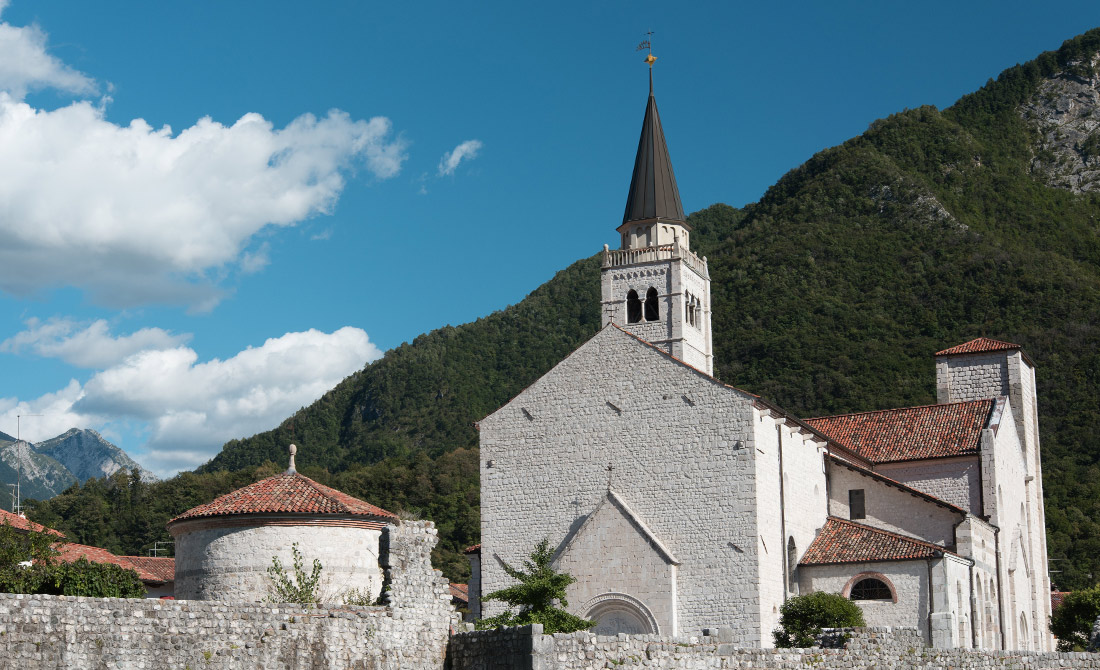
VenzoneVenzone is a short distance away from Gemona: located behind the Julian Alps, in 1965 it was declared a monument of great historical and artistic interest, as Friuli’s only thirteenth century walled city. In 1976 a series of earthquakes severely damaged the wonderful town and brought it to its knees, but the tenacity and courage of the Friulian people were more powerful than nature’s strength and Verzone was reborn after just 8 years, together with its cathedral, which became a symbol of reconstruction. In the crypt of Saint Michael adjacent to the cathedral, mummies from the fourteenth to the nineteenth centuries are preserved. The Pumpkin Festival is worth a mention, an occasion in October when Verzone is transformed into a town where maidens and knights entertain inhabitants and visitors with singing, dancing and juggling. All served with the best pumpkin dishes of course! Verzone won the prize for the most beautiful small town in Italy in 2017, a rightful recognition of the reborn town.
-
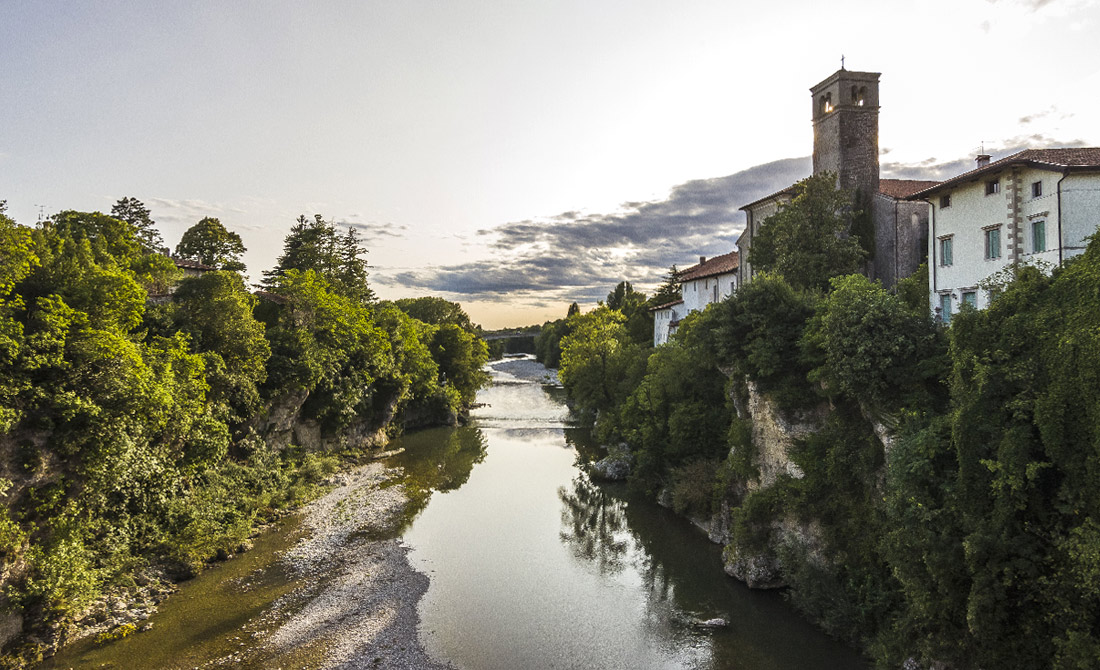
Cividale del FriuliCividale del Friuli is a city of Lombard origin of great historical importance for Europe. Its artistic treasures have been on the Unesco World Heritage list since 2011. Every monument in the city is worth a visit: from the Lombard Tempietto, situated inside the Monastery of Santa Maria in Valle, to the Devil’s Gate which symbolises the town. The Celtic Hypogeum is also worth a visit: it is a complex of artificial caves built in 1457 under both the cathedral and a private home. Inside is one of the masterpieces of medieval Italian jewellery: the silver Pala of Pellegrino II.
-
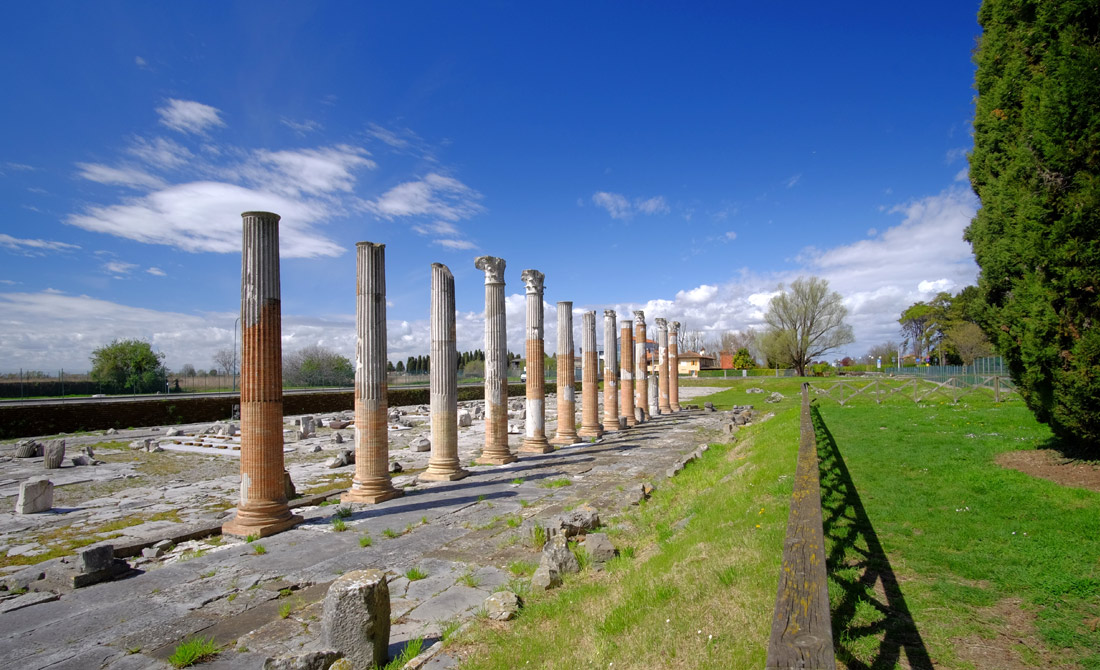
AquileiaAquileia was born as a military bridgehead for future Roman conquests in the Danube. The city was transformed into an important trading hub thanks to the Natisone – Torre river which goes through it and to the road network connecting it with the Po Valley and the rest of Europe. It was the fourth largest Roman city in Italy and the ninth in the whole Empire when that eventually came to an end. Aquileia’s basilica is considered the Ecclesia Mater for the whole of Western Europe, because it was from there that the new faith radiated across many lands. The Archaeological Museum, Roman Forum, Necropolis and Mausoleum are among Aquileia’s most important remains.
-
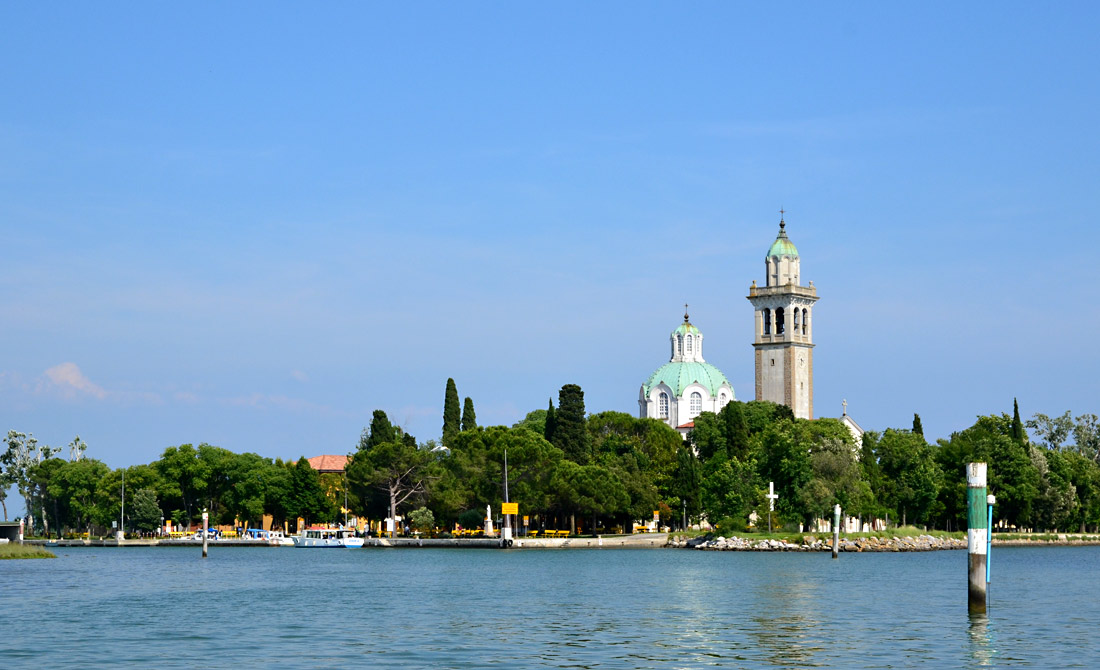
GradoThe town of Grado, in the Marano lagoon, was born 500 years before Venice, as is attested by the traditional saying “Grado is the daughter of Aquileia and the mother of Venice”. Its two paleo-Christian monasteries are among the oldest in Italy: the basilica of Santa Maria delle Grazie and the Basilica of Sant’Eufemia. Famous not only for its historical remains but also as a renowned seaside resort, the town is a tourist destination for Italians and foreigners alike.
-

TriesteTrieste is a city which embraces many cultures, thanks to its closeness to Slovenia, and geographically it touches the vast Sea and the rough headlands. Piazza Unità d’Italia, with its Molo Audace pier, looks out on the Adriatic Sea from which the strong Bora wind comes in to sweep across the city’s streets. Many different architectural styles coexist in Trieste: art nouveau and neoclassical, Romanesque and baroque, eclectic and Hapsburg. The same can be said for the different places of worship, evidence of the city’s rare history of different religions living together: from the synagogue, to the Orthodox and Serbian Orthodox, and evangelical Lutheran and Swiss, churches. A few km away from the city is the Grotta Gigante, a giant cave more than 280m in length which is thought to be the largest cavern open to tourists in the world.






